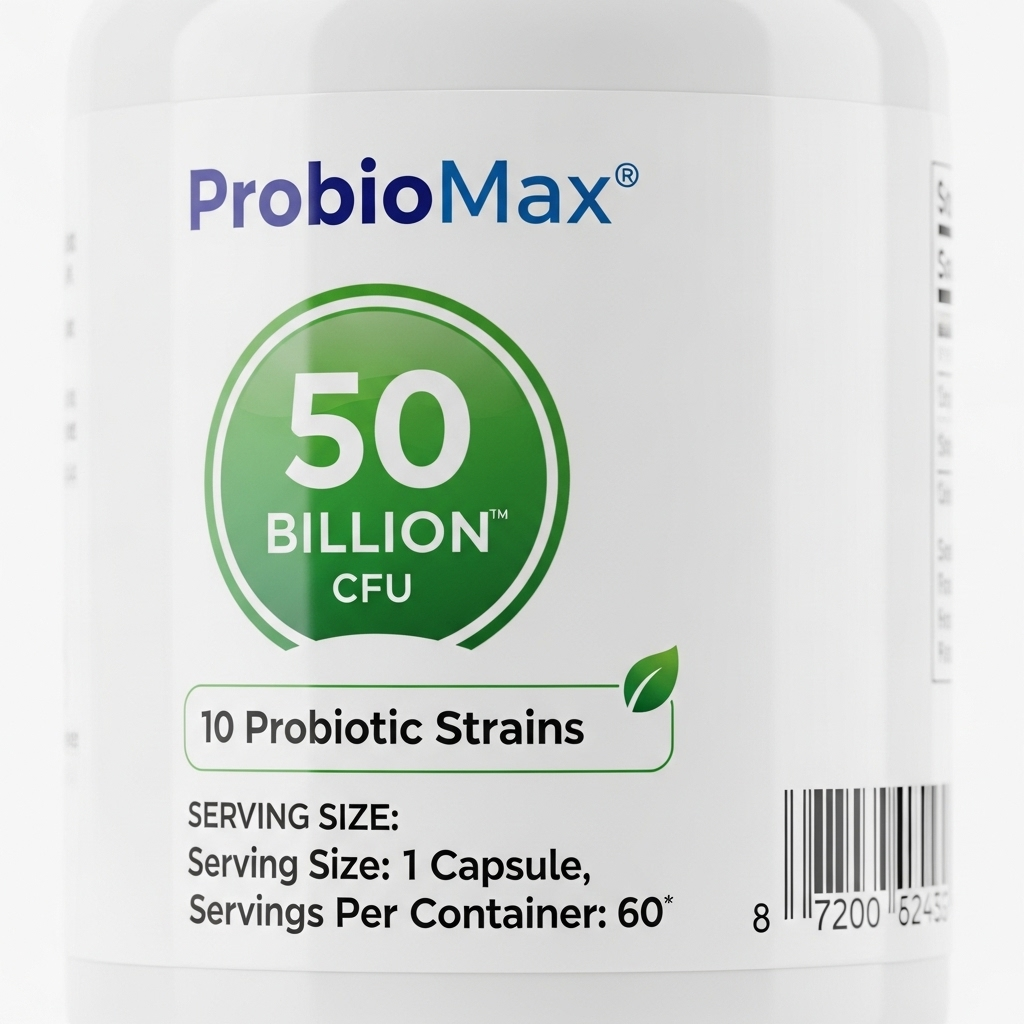Reading Pet Probiotic Labels: CFU/Serving vs Container

Choosing a probiotic for your pet can feel confusing when labels show numbers like “10 billion CFU” and packaging lists totals per container. This guide explains what CFU means, the difference between CFU per serving and CFU per container, what to watch for on labels, and practical tips to match a product to your pet’s needs—clearly and without alarm.
What does “CFU” mean?
CFU stands for colony-forming units. It is a lab measure used to estimate the number of viable (live) microorganisms in a probiotic product that are capable of reproducing. CFU is a useful indicator, but it has limits: it measures potential live cells at a testing time, not guaranteed survival through the digestive tract or exact activity in your pet’s gut.
CFU per serving vs CFU per container — what’s the difference?
CFU per serving
CFU per serving tells you how many live organisms are in a single recommended dose (for example, one scoop, one chew, or one capsule). This is the number you use when matching a dose to your pet’s size or when comparing products on a per-use basis.
CFU per container (total CFU)
CFU per container is the total number of CFU in the whole bottle or package. If a jar contains 30 servings and the total is 300 billion CFU per container, each serving would average 10 billion CFU (300 billion ÷ 30 servings = 10 billion per serving). Sometimes labels emphasize the total CFU to highlight the product’s overall quantity, so always check the servings.
How to calculate per serving from per container (and vice versa)
- Find the total CFU per container printed on the label.
- Find the number of servings in the container (often on the Supplement Facts or Directions section).
- Divide total CFU by number of servings to get CFU per serving.
Example: If a package lists 200 billion CFU per container and 40 servings, then 200 billion ÷ 40 = 5 billion CFU per serving.
Label language to watch for
- “Guaranteed at time of manufacture” — means CFU were measured when made. Counts may decline by the expiration date; less reassuring.
- “Guaranteed through expiration” or “Guaranteed at expiration” — means the manufacturer promises the listed CFU will remain until the expiration date. This is generally preferable.
- Strain specificity — look for specific strain names (for example, Enterococcus faecium SF68 or Bacillus subtilis). Strain-level information is more useful than just genus names.
- Storage instructions — refrigeration required vs shelf-stable affects viability over time.
- Use directions — recommended serving sizes and whether you can split doses for smaller pets.
Other label elements that matter
CFU is important but not the only factor. Check for:
- Listed probiotic strains and total number of strains.
- Prebiotics (ingredients that feed beneficial bacteria).
- Formulation (chewable, powder, capsule) and suitability for your pet species and life stage.
- Expiration date and manufacturing date (if provided).
Practical tips for pet owners
- Compare products on the basis of CFU per serving, not just total box CFU, if you’ll follow the suggested serving size.
- Prefer products that guarantee CFU through the expiration date.
- Start with the manufacturer’s recommended dose; for very small pets, ask your vet if a partial serving is appropriate.
- Store products as directed—heat and humidity reduce viability.
- If your pet is on antibiotics, give probiotics at a different time of day (often a few hours apart) and consult your vet for specific timing.
- Look for products labeled specifically for dogs or cats rather than using human probiotics without veterinary advice.
Pros and Cons
| CFU per Serving | CFU per Container (Total) | |
|---|---|---|
| Pros | Shows dose strength you’ll actually give each time; easier to compare products by dose. | Helps estimate long-term value and total supply; useful to calculate per-serving CFU if servings listed. |
| Cons | May not show how many servings are in the pack; can be misleading if serving size is very small. | Can be misleading if label emphasizes total but servings are many or viability isn’t guaranteed to expiration. |
Common strains seen in pet probiotics
Typical strains include various Lactobacillus, Bifidobacterium, Enterococcus faecium, Bacillus species, and some yeast like Saccharomyces boulardii. Different strains do different things; strain-specific research for pets is limited compared to humans, so strain transparency on labels is a plus.
FAQ
1. Is higher CFU always better?
Not necessarily. More CFU can be helpful in some situations, but strain type, quality, stability, and appropriateness for your pet matter more than just a larger number. Always match CFU to product instructions and veterinary guidance.
2. What if a label only lists total CFU and not per serving?
Check the number of servings on the label and divide the total CFU by servings. If serving count isn’t clear, contact the manufacturer or choose a product with clearer labeling.
3. Can I split a serving for a small pet?
Often yes (for powders or scoops) but confirm dose accuracy and ask your vet. Some chewables are formulated specifically for size and flavor; splitting may not be practical or accurate.
4. Should probiotics be refrigerated?
Follow the label. Some formulations require refrigeration to maintain CFU until expiration; others are formulated to be shelf-stable. Improper storage reduces viability.
Key Takeaways
- CFU per serving tells you the dose you’ll give; CFU per container shows the product’s total supply.
- Always prefer CFU guaranteed through the expiration date rather than only at manufacture.
- Read strain names, serving counts, storage instructions, and expiration dates—CFU is one part of a bigger picture.
- Compare products using CFU per serving and consider strain appropriateness for your pet.
- Consult your veterinarian before starting probiotics, especially for sick, young, elderly, or immunocompromised pets.
Disclaimer: This content is informational and not a substitute for veterinary advice. For dosing questions, medical conditions, or if your pet is on medication, contact your veterinarian before starting any probiotic product.

Leave a Reply